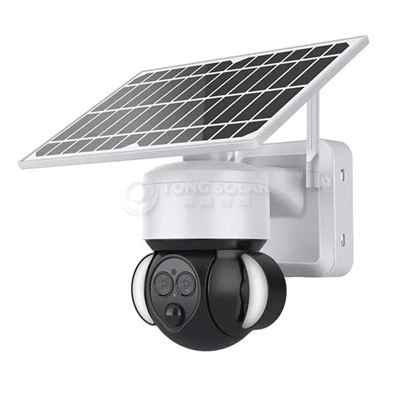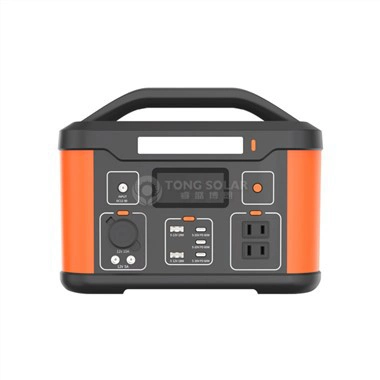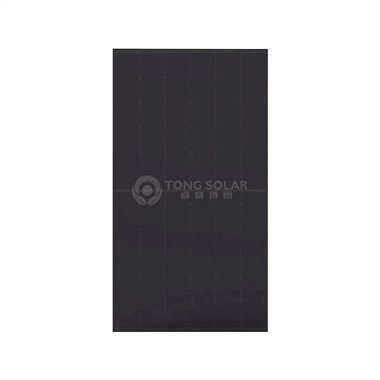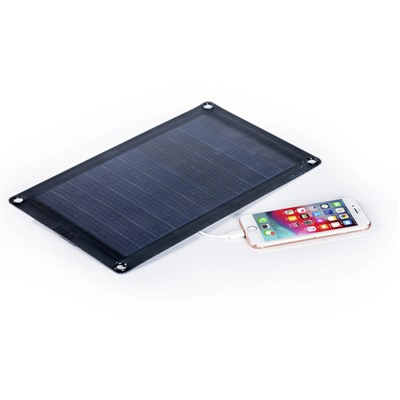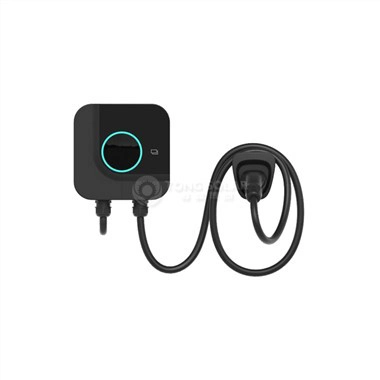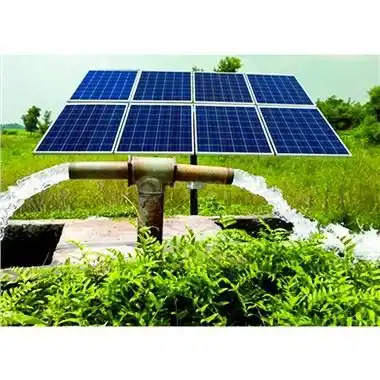Architectural Aesthetics Meets Solar Power: The Rise Of BIPV
2023-11-22 16:39:11
In the world of sustainable architecture and energy efficiency, a silent revolution is taking place: Building Integrated Photovoltaics (BIPV) is ushering in a new era where architectural aesthetics and solar power coexist harmoniously. With its seamless integration of solar panels into building designs, BIPV is rapidly becoming a game-changer in the construction industry, offering both functionality and beauty. It has been used in multiple scenarios, such as Roof-Based BIPV, Facade-Integrated BIPV, Window-Integrated BIPV, Curtain Wall BIPV, Canopy and Awning BIPV, Balcony and Railing BIPV, etc.
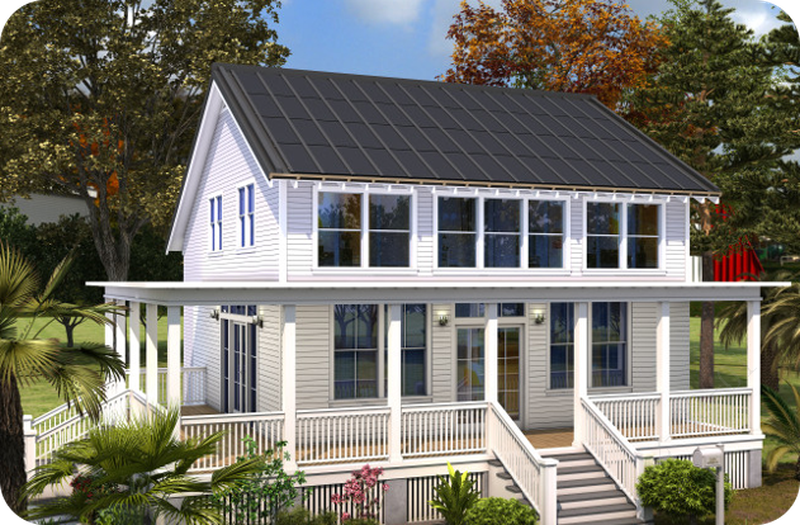
BIPV, as the name suggests, is all about incorporating photovoltaic elements directly into the architectural elements of a building. This innovative approach goes beyond traditional rooftop solar panels and challenges the conventional notion that solar technology disrupts the aesthetics of a structure. Instead, BIPV transforms solar panels into an integral part of the building's design, creating visually appealing and energy-efficient structures.
One of the primary driving forces behind the rise of BIPV is the growing global emphasis on sustainable construction. Governments, businesses, and individuals alike are seeking ways to reduce their carbon footprint and embrace renewable energy sources. BIPV answers this call by turning buildings into both sources and consumers of clean energy.
Here are some key aspects of the BIPV revolution:
1. Design Harmony: Architects and designers are now able to seamlessly incorporate solar panels into various elements of a building, such as facades, windows, and even roofing materials. This integration allows for a more holistic and visually pleasing approach to renewable energy generation.
2. Customization: BIPV systems can be customized to match the unique aesthetics and requirements of each building. This flexibility empowers architects to achieve their creative vision while harnessing the power of the sun.
3. Urban Integration: In rapidly growing urban environments, BIPV is becoming a pivotal component of sustainable city planning. Skyscrapers and high-rise buildings now incorporate BIPV into their facades, contributing to a city's energy needs while reducing the urban heat island effect.
4. Energy Efficiency: BIPV doesn't just enhance the appearance of a building; it also significantly improves energy efficiency. By generating clean electricity on-site, BIPV reduces a building's reliance on fossil fuels and lowers overall energy consumption.
5. Technological Advances: Ongoing advancements in solar cell technology are making BIPV systems more efficient and cost-effective. As solar technology continues to evolve, BIPV is expected to become an even more attractive option for builders and homeowners.
BIPV systems can be integrated into various building components, such as windows, roofs, and facades. The flexibility of design allows BIPV systems to complement the overall look of the building, making them a sought-after choice among architects, builders, and homeowners. The energy efficiency, aesthetic appeal, cost-effectiveness, potential for net-zero energy buildings, and government support make BIPV an alluring choice for individuals and organizations who want to incorporate clean and renewable energy into their buildings.
As we look toward a future with increasingly ambitious sustainability goals, BIPV stands as a testament to human innovation and creativity. It's no longer a choice between aesthetics and clean energy; BIPV proves that we can have both. This integration of architectural aesthetics and solar power is not just a trend; it's a movement that's shaping the buildings and cities of tomorrow, making them more beautiful and environmentally friendly.
The rise of BIPV represents a promising direction for the construction industry, one where buildings not only serve their traditional purposes but also actively contribute to a cleaner, more sustainable world. As architects and builders continue to embrace the marriage of architectural aesthetics and solar power, we can expect a future where sustainable living is as beautiful as it is efficient.
